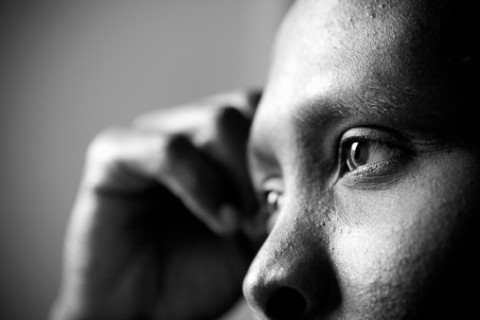Reparations is a spiritual issue
No full reparation for slavery can ever be made. We should try anyway.

Like any deeply rooted system, the racial system of the United States is resilient in the face of attempts to mitigate its power. In the late 19th century, the white southern powers in the US began developing a two-pronged approach to retain power and in effect reestablish slavery in another form. They used a combination of violence and legislation to intimidate and restrict black rights and movement without ever mentioning the word race. In several decisions in the 1890s, the Supreme Court upheld neo-slavery because no intent to reestablish slavery or to develop systems based on race was explicitly expressed in the laws under review.
A similar dynamic is at work today. In October 2018, the US Supreme Court voted 5–4 to uphold a North Dakota law that required all voters to have a street address. Native Americans who lived on reservations without street addresses were the ones primarily affected. No intent to discriminate based on race was expressed in the law, but its purpose was clear—to take the vote away from as many Native Americans as possible.
In Georgia in 2018, a rural county proposed closing seven of nine polling sites, ostensibly because they were not in compliance with rules on access for the handicapped. The real reason: it was a way to blunt black political power in a heavily black district.





